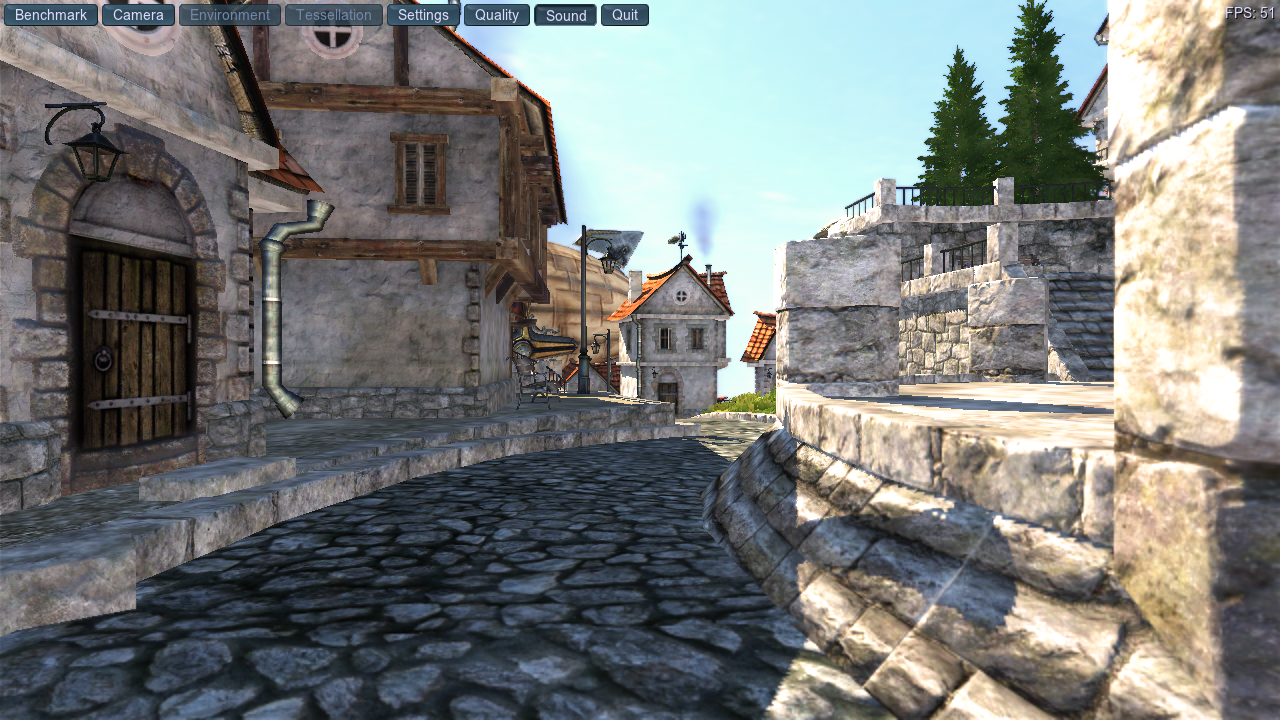-
chevron_right
Open source Linux GPU drivers Mesa 21.1 released
Liam Dawe · news.movim.eu / GamingOnLinux · Thursday, 6 May, 2021 - 08:47
Developer Eric Engestrom has announced the availability of Mesa 21.1, the latest release for Linux open source graphics drivers powering Intel, AMD and more.
In the very short announcement , Engestrom mentioned Mesa will now be back to regular releases with a point release for bug fixes "every other week" which will see Mesa 21.1.1 on May 19. If you want stability, it's usually best to wait for at least that first point release.
As for what's new, as expected there's quite a lot including: RADV (AMD Vulkan driver) Variable Rate Shading, lots of RADV optimizations, Zink (OpenGL over Vulkan) saw a lot of expanded progress to bring it up to scratch and many smaller features and added hardware support.
See more about Mesa on the official site . How soon you get an update will be distribution dependent. Arch pulls it in quite quickly, while the likes of Ubuntu would need a PPA added like the kisak-mesa fresh PPA .

